Resources
One page Teaching Tactic: building review into a lecture.
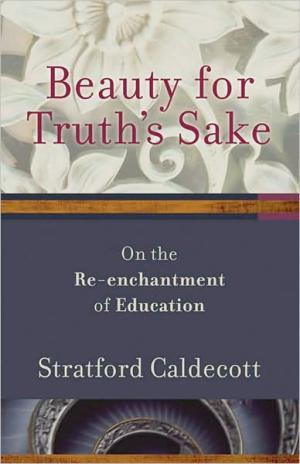
Much of the confusion and meaninglessness of the twenty-first century stems from the fragmentation of knowledge. Our postmodern times cry out for a return to wholeness. Enter Stratford Caldecott, who calls for renewal in education in Beauty for Truth's Sake. By reclaiming the classic liberal arts and viewing disciplines such as science and mathematics through a poetic lens, the author explains that unity is present within diversity. Ultimately, God is behind all truth. This book will benefit parents, homeschoolers, lifelong learners, and readers interested in the history of ideas. It is appropriate for Christian college and university students and will play an especially important role in curriculum development. EXCERPT I've heard many exasperated parents say to me, "If I can just get my kid through their teenage years then they'll be okay." There have been many tiring and frustrating days where I could agree with that sentiment. But I think you would agree with me that "just making it through" wouldn't exactly qualify as a lofty goal. As if somehow the goal of parenting is just to protect or tolerate and then hope for the best. That goal doesn't take into account the sponge effect. Last year, our daughter got a package of animal bathtub sponges as a gift. Each sponge was the size of a large multi-colored vitamin. She dropped one in the sink and we all watched as it started to grow. Within a few minutes it was the size of her hand. The sponge seemed to just keep soaking and soaking. Once it grew to its full size it never shrunk back again. After we drained the basin, we set the sponge animal on a towel and the water slowly seeped out of it. It took a longtime for it to dry out because it had taken in so much. Teens are like those sponges. They're not just trying to "make it through" these few years. They're soaking up everything in their environment. And they learn first and foremost through their experiences with you. If you have always responded to people in our culture out of fear, your teen will generally tend to do the same. If you respond with anger, so will your teen. If you model a disdain for the people that make up your culture, your teen may also. (From the Publisher)
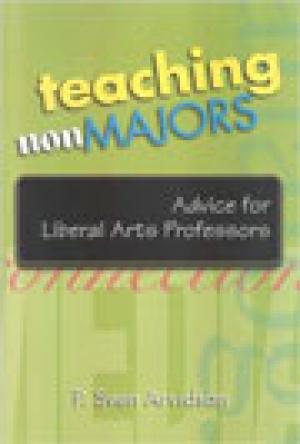
Delivers uncomplicated and useful techniques for better teaching to nonmajors in liberal arts courses. Teaching Nonmajors focuses on what dedicated teachers want to know—how can I teach better in the classroom? Unlike most books on teaching, this book delivers uncomplicated and immediately useful techniques and strategies for teaching required courses to nonmajors. Providing practical examples and brief anecdotes drawn from a variety of disciplines in the liberal arts and sciences, the author describes simple ways to break up lectures, how to stimulate the best discussions, the art of assignments, how to improve student ratings, and successful strategies for engaging nonmajors and for handling problem students. Teaching Nonmajors is written especially for liberal arts college and university professors at all career stages—from adjuncts and new professors, to seasoned professors looking for a fresh approach heading into a new term. (From the Publisher)
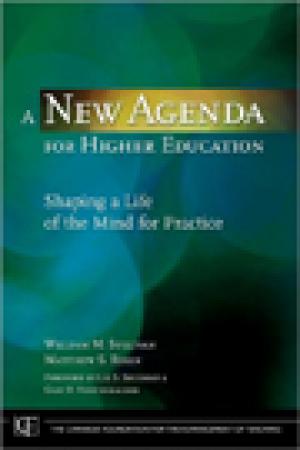
In A New Agenda for Higher Education, the authors endorse higher education's utility for enhancing the practical as well as intellectual dimensions of life by developing a third, different conception of educational purpose. Based on The Carnegie Foundation for the Advancement of Teaching seminar that brought together educators from six professional fields with faculty from the liberal arts and sciences, A New Agenda for Higher Education proposes an educational aim of "practical reason," focusing on the interdependence of liberal education and professional training. The book includes case studies of instructors from a wide array of disciplines including those who educate their students for practical responsibility. The authors document the process by which they learned to collaborate with one another across fields and, in the end, produced a new discourse of practical reason. (From the Publisher)
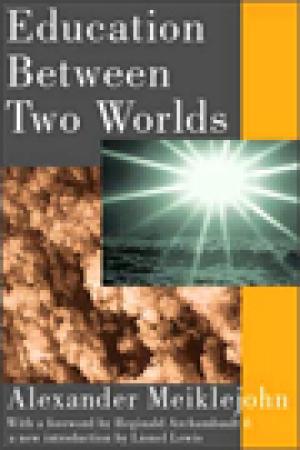
This classic and rather poignant argument that education is the answer to the questions posed by Anglo-Saxon cultures was written by Meiklejohn (late president of Amherst College and founder of the U. of Wisconsin's Experimental College) as the horrors of World War II were a daily event. In such a time and with such a background, it is no surprise Meiklejohn freely ties theory to practice, policy, and pedagogy as he describes Protestant-capitalist education, the problem of reconstruction according to Rousseau, pragmatism according to Dewey, and the social contract as the primary basis of a form of education that will result in brotherhood and reasonableness. (From the Publisher)
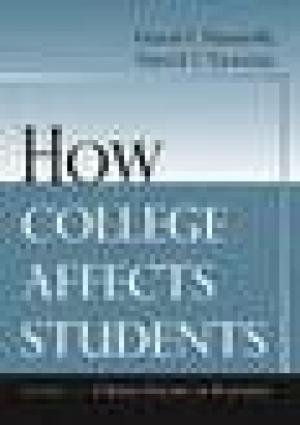
How College Affects Students, Volume 2 is the long awaited sequel to the landmark work that was first published in 1991. Offers the most comprehensive resource available on what is known about the effect of college on students. In this book, Pascarella and Terenzini provide current information and empirical research from the decade since their first book was published which distills what is know about how students change and benefit as a consequence of attending college. (From the Publisher)
Three conceptions of general education developed under the titles 'general,' 'generalist,' and 'generalizing' are matched with appropriate strategies for teaching the Bible. These provide the basis for two points relevant to teaching the Bible in colleges and universities: first, that the prime object of attention is not the Bible, but rather a corporate agreement regarding an educational project; and second, that the ways in which the Bible might be taught will vary, appropriately, according to the ways in which that educational enterprise is understood. A corollary is stated: teachers of the Bible need to be as informed about research in teaching as they are in biblical research.
"Ancient Christianity, Ancient Cities – and Cyberspace?" was a teaching experiment combining the study of theology, religion, history, and new computer technologies. The course included both a regular class meeting and a concurrent digital media lab. All student assignments were digital. Students came in with a wide variety of technical knowledge and backgrounds in classical and religious studies. In addition to learning about the history and theology of early Christianity, students became critical learners of technology within the ideal of a liberal arts education.
The author describes her participation in a religious studies teaching workshop where she was asked to think creatively about the art of teaching, what implications result from changes in the field, and the relationship of religious studies to other fields. General conclusions endorse pedagogies that are dialogic, participatory, and experiential and invite possibilities provided by changes in the field that encourage courses that are more inclusive of marginal voices and attentive to multicultural inflections. In assessing the relationship of religious studies to other fields, the author draws on her interdisciplinary background in religion and literature to apply Aristotelian rhetoric to the interpretation of a short story, thereby providing an actual model of how disciplines can complement each other while also highlighting aspects of the pedagogical and multicultural principles endorsed by the workshop participants. The application of Aristotelian principles of logos, ethos, and pathos becomes for the workshop participants a religious studies rhetoric: a provisional model for how to interpret classroom conduct.